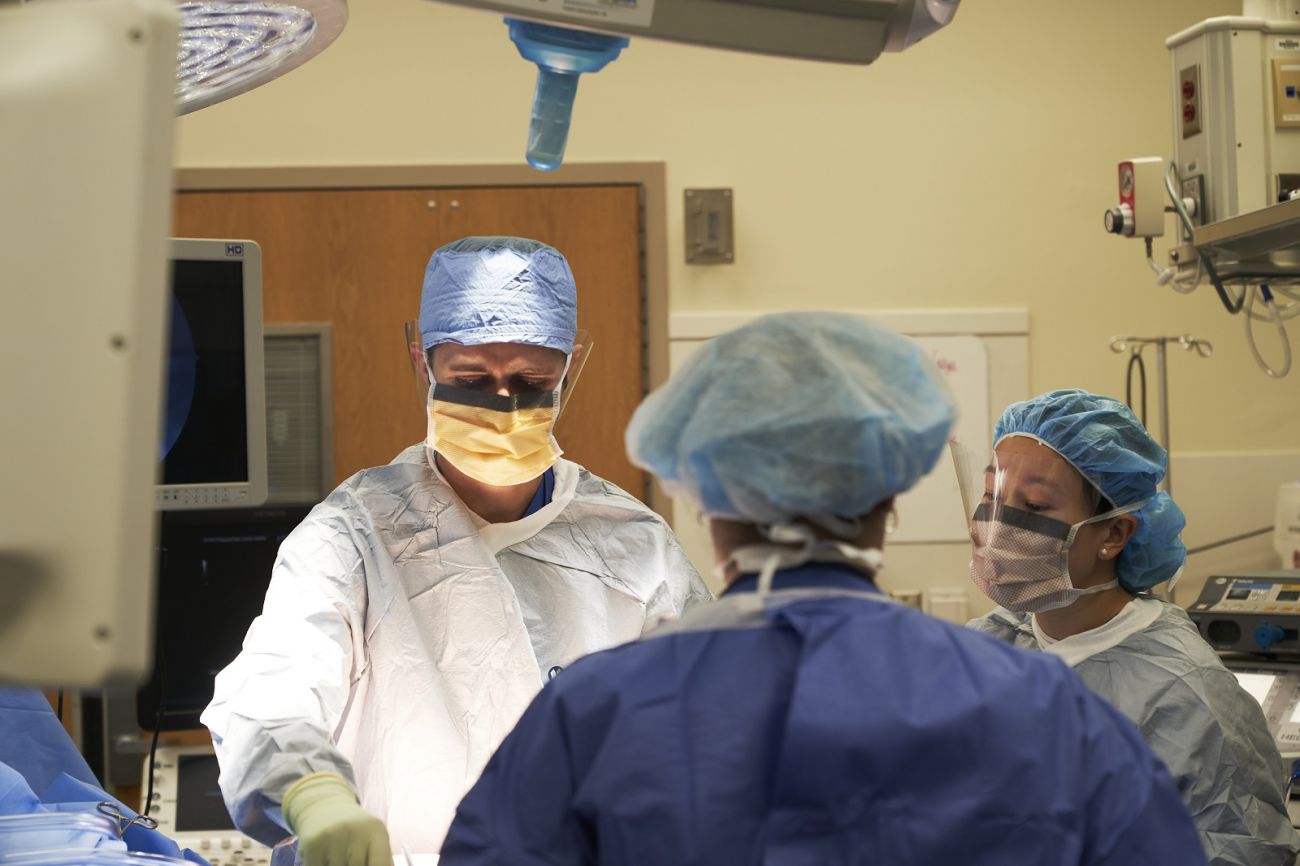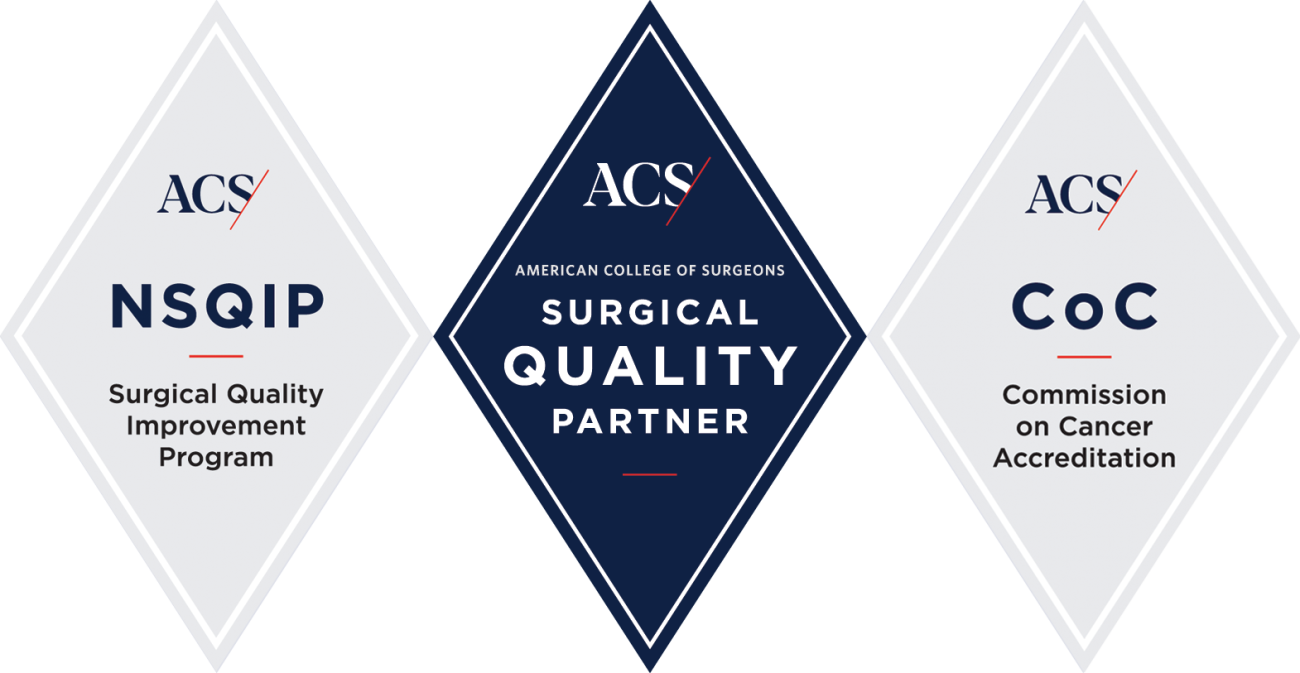Surgical removal of the entire tumor and affected tissues is the primary treatment option for both cholangiocarcinoma (bile duct) and gallbladder cancers and is the best option for curative therapy.
If your cancer cannot be removed entirely by surgery, other surgical procedures may be recommended to ease symptoms caused by the tumor. Our hepatobiliary surgeons, who specialize in surgeries of the liver and biliary system, offer the following surgical options:
- Cholecystectomy: The gallbladder and affected surrounding tissues and lymph nodes are removed.
- Bile Duct Removal: The entire bile duct may be removed, as well as nearby lymph nodes for testing. A new duct is made, connecting the duct openings in the liver to the intestine.
- Partial Hepatectomy: Removes the portion of liver where cancer is found. May involve removing a wedge section, an entire lobe, or a larger portion.
- Whipple Procedure: The gallbladder, bile duct, plus the head portion of the pancreas and parts of the stomach and small intestine are removed. Enough of the pancreas remains to produce insulin and digestive juices.
- Biliary Bypass: This option is used when a tumor blocks the small intestine and cannot be effectively removed. The gallbladder and/or bile duct is cut and sewn to the small intestine to create a new pathway around the blockage.
- Stent Placement: A thin tube placed in the bile duct drains built-up bile from the area. The stent may drain bile to the small intestine or outside the body.
- Percutaneous Transhepatic Biliary Drainage: When there is a blockage and endoscopic stent placement is not possible, an x-ray of the liver and bile ducts is done to locate the blockage. Ultrasound images guide placement of a stent in the liver to drain bile into the small intestine or a collection bag outside the body. This procedure may be done to relieve jaundice before surgery.

